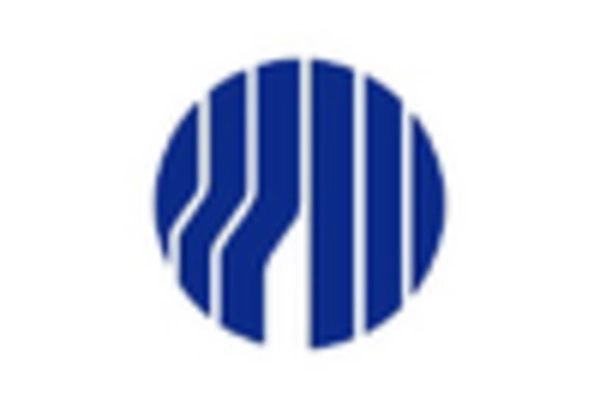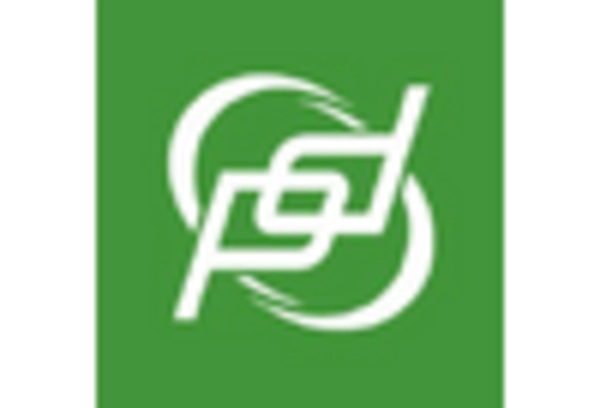Rising Energy Demand
The increasing energy demand in the GCC region is a primary driver for the directional drilling market. As countries like Saudi Arabia and the UAE seek to diversify their energy portfolios, the need for efficient extraction methods becomes paramount. The directional drilling market is expected to benefit from this trend, as it allows for the exploration of hard-to-reach reserves. In 2025, the GCC's energy consumption is projected to rise by approximately 3.5% annually, necessitating advanced drilling techniques to meet this demand. This growth in energy consumption is likely to propel investments in directional drilling technologies, enhancing operational efficiency and reducing costs in the long run.
Investment in Oil and Gas Infrastructure
The GCC region continues to invest heavily in oil and gas infrastructure, which significantly impacts the directional drilling market. With an estimated investment of over $200 billion in the next five years, countries are focusing on enhancing their drilling capabilities. This investment is likely to lead to the adoption of advanced directional drilling technologies, which can optimize resource extraction and reduce environmental impact. The directional drilling market is poised to grow as companies seek to maximize output from existing fields while exploring new reserves. Enhanced infrastructure will facilitate the deployment of sophisticated drilling equipment, further driving market growth.
Growing Focus on Environmental Sustainability
The growing focus on environmental sustainability is becoming a crucial driver for the directional drilling market in the GCC. As nations strive to meet international climate commitments, there is an increasing emphasis on reducing the environmental footprint of drilling operations. Directional drilling techniques are often more environmentally friendly, as they minimize surface disruption and reduce waste. In 2025, the market is expected to see a 20% increase in demand for sustainable drilling practices. This shift towards sustainability is likely to encourage investments in directional drilling technologies that align with environmental goals, thereby driving market growth.
Technological Innovations in Drilling Techniques
Technological innovations are reshaping the directional drilling market in the GCC. The introduction of advanced drilling technologies, such as rotary steerable systems and real-time data analytics, enhances drilling precision and efficiency. These innovations are expected to reduce drilling time and costs, making them attractive to operators. In 2025, the market for advanced drilling technologies is projected to grow by 15%, reflecting the industry's shift towards more efficient practices. As companies adopt these technologies, the directional drilling market is likely to experience increased demand, driven by the need for improved operational performance and reduced environmental impact.
Regulatory Support for Enhanced Drilling Practices
Regulatory frameworks in the GCC are increasingly supportive of enhanced drilling practices, which positively influences the directional drilling market. Governments are implementing policies that encourage the adoption of advanced drilling technologies to improve safety and environmental standards. This regulatory support is likely to lead to increased investments in directional drilling, as companies seek to comply with new regulations. In 2025, it is anticipated that compliance costs will decrease by 10% due to improved technologies, making directional drilling a more viable option for operators. This supportive regulatory environment is expected to foster growth in the directional drilling market.

















Leave a Comment